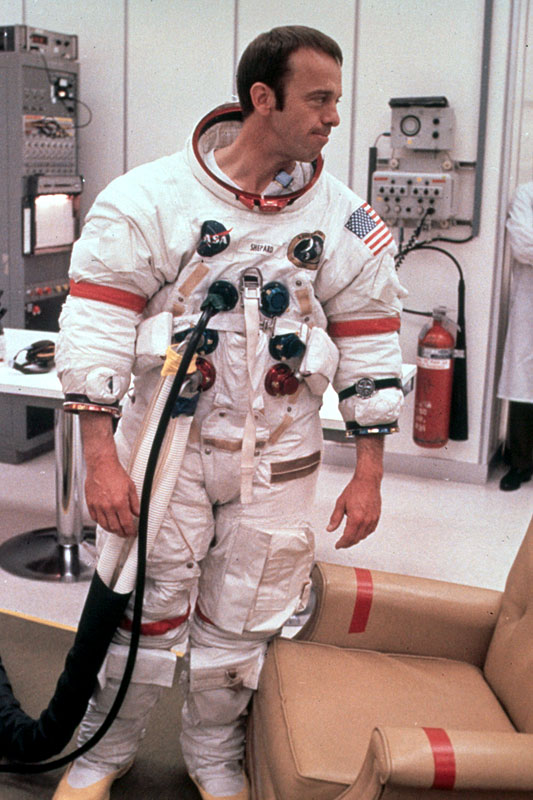 In many ways, outer space and space exploration have become a routine part of life. We all carry a device that listens to signals from space in the form of our mobile phone. Most can receive messages from GPS satellites in medium earth orbit more than 20,000km away. Just as space is now entwined with our lives, so is timekeeping inseparable from space. GPS relies upon clocks. A satellite sends a signal that says “I sent this at time X.” Your phone provides the time, Y, when the signal was received. The elapsed time between sending and receiving (Y minus X seconds) when combined with the known speed of the signal (Z km/s, from physics) reveals your distance from the satellite ( (Y-X)*Z). If your distance from three satellites is determined, your location can be trilateralated. The three distances are the diameter of three unique circles, each with a GPS satellite at its centre. Those three circles intersect at only one point and that point is your location. What is truly remarkable about timekeeping and outer space is that when astronauts are in this treacherous vacuum they typically employ a mechanical device to mark the time. No circuitry, no battery,…
In many ways, outer space and space exploration have become a routine part of life. We all carry a device that listens to signals from space in the form of our mobile phone. Most can receive messages from GPS satellites in medium earth orbit more than 20,000km away. Just as space is now entwined with our lives, so is timekeeping inseparable from space. GPS relies upon clocks. A satellite sends a signal that says “I sent this at time X.” Your phone provides the time, Y, when the signal was received. The elapsed time between sending and receiving (Y minus X seconds) when combined with the known speed of the signal (Z km/s, from physics) reveals your distance from the satellite ( (Y-X)*Z). If your distance from three satellites is determined, your location can be trilateralated. The three distances are the diameter of three unique circles, each with a GPS satellite at its centre. Those three circles intersect at only one point and that point is your location. What is truly remarkable about timekeeping and outer space is that when astronauts are in this treacherous vacuum they typically employ a mechanical device to mark the time. No circuitry, no battery,…
The post Space odyssey: How the Omega Calibre 321 became the first watch movement on the moon appeared first on Time and Tide Watches.